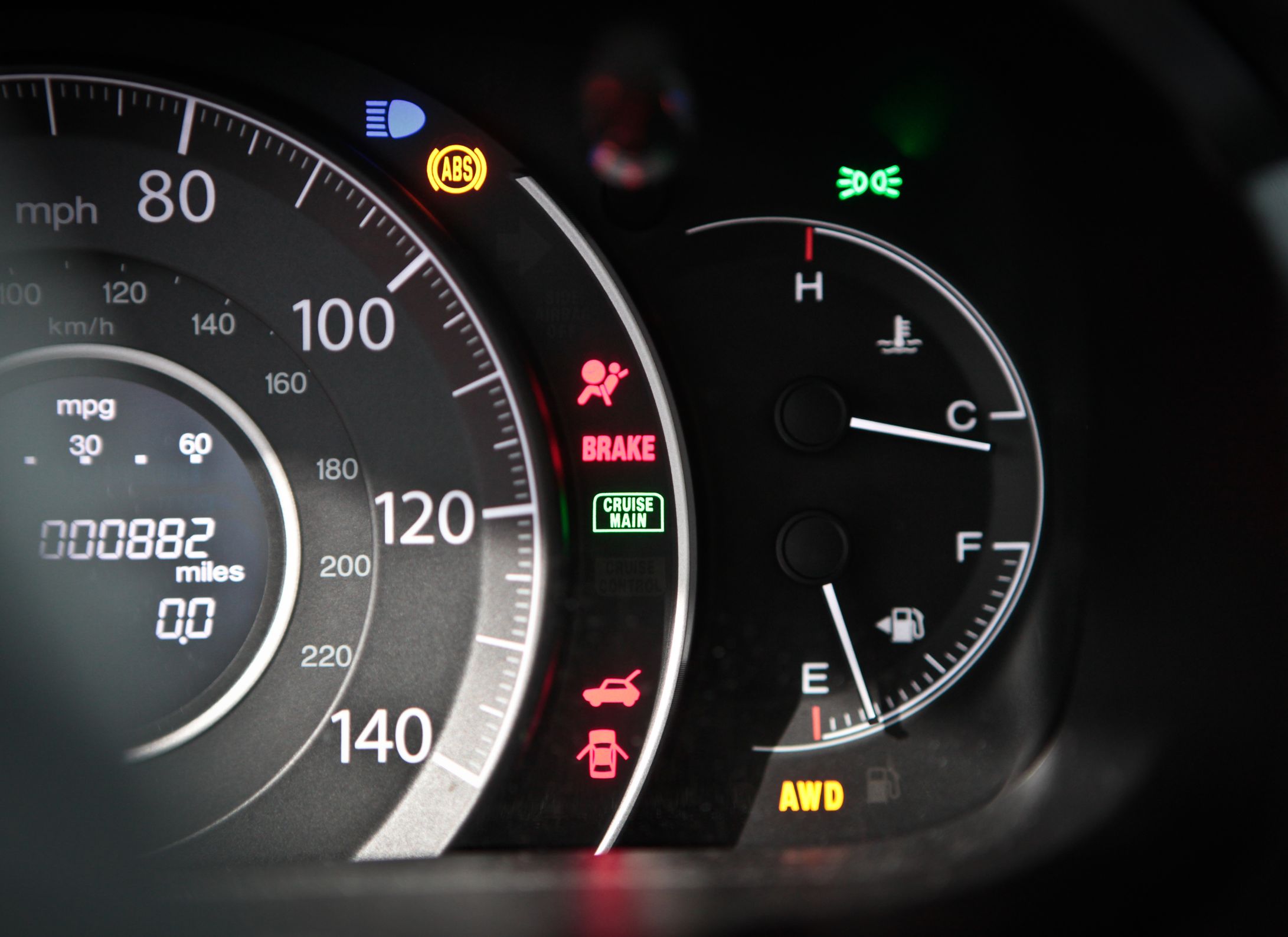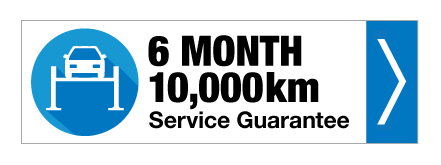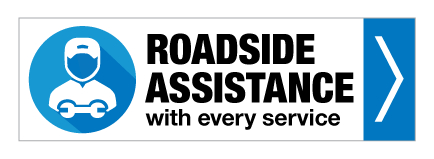As a driver, one of the most crucial aspects of vehicle maintenance and safety is understanding the warning lights on your dashboard. These dashboard lights are designed to alert you to potential issues that could affect your vehicle’s performance or safety. While some lights indicate minor issues, others can signal serious problems that require immediate attention. This guide aims to demystify common dashboard warning lights, helping you respond appropriately to each signal.
1. Check Engine Light
The check engine light is perhaps the most familiar yet often the most alarming warning light. It can indicate a wide range of issues, from a loose gas cap to a serious engine problem. If this light comes on, it’s best to have your vehicle inspected by a professional as soon as possible. Driving with this light on can lead to more severe damage and costly repairs.
2. Battery Warning Light
The battery warning light indicates an issue with the vehicle’s charging system. It could mean a problem with the battery itself, the alternator, or the voltage regulator. If this light comes on while driving, it’s advisable to turn off non-essential electrical devices and head to a service station immediately to avoid getting stranded with a dead battery.
3. Oil Pressure Warning Light
This light signifies a drop in oil pressure, which can lead to significant engine damage if not addressed promptly. It’s essential to stop the vehicle and check the oil level. If the oil level is low, adding oil may resolve the issue temporarily. However, it’s crucial to have the vehicle checked by a mechanic to ensure there’s no serious underlying problem.
4. Tyre Pressure Monitoring System (TPMS) Light
The TPMS light indicates that one or more of your tyres are under-inflated. Driving on under-inflated tyres can lead to poor handling, decreased fuel efficiency, and increased risk of a tire blowout. Check your tyre pressure with a gauge and inflate the tires to the recommended levels. If the light remains on, there could be a puncture or a problem with the TPMS sensor.
5. Brake Warning Light
This light can indicate several brake-related issues, including low brake fluid, worn brake pads, or a malfunction in the braking system. Given the critical nature of brakes for vehicle safety, it’s essential to address any brake warning light immediately. If the light comes on while driving, stop as soon as it is safe to do so and check the brake fluid level. If necessary, call for professional assistance.
6. Coolant Temperature Warning Light
The coolant temperature warning light means your engine is overheating. Continuing to drive with an overheated engine can cause severe damage. If this light comes on, pull over and turn off the engine immediately. After allowing the engine to cool, check the coolant level and add more if needed. If the problem persists, have your vehicle inspected by a mechanic.
7. ABS Warning Light
The ABS (Anti-lock Braking System) warning light indicates a problem with the anti-lock braking system. While your regular brakes will still function, the ABS feature may not, increasing the risk of skidding in an emergency stop. Have your vehicle’s ABS system checked by a professional to ensure it’s operating correctly.
8. Airbag Warning Light
The airbag warning light signals a problem with the vehicle’s airbag system. This issue could prevent the airbags from deploying in the event of a collision, posing a significant safety risk. It’s important to have the airbag system inspected and repaired by a qualified technician as soon as possible.
Conclusion
Understanding your dashboard warning lights can save you from costly repairs and enhance your driving safety. While some lights may indicate minor issues, others require immediate attention. Regular maintenance and prompt responses to warning lights can keep your vehicle running smoothly and ensure your safety on the road.



